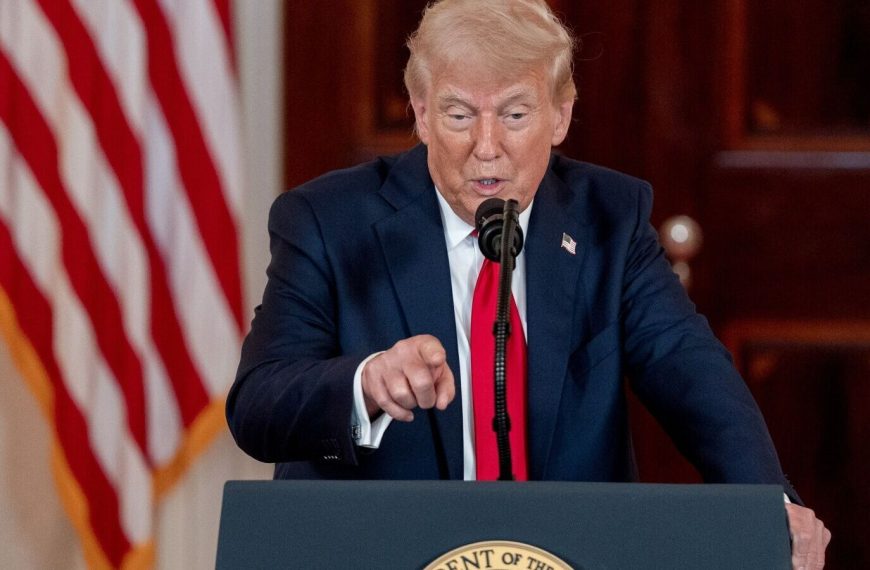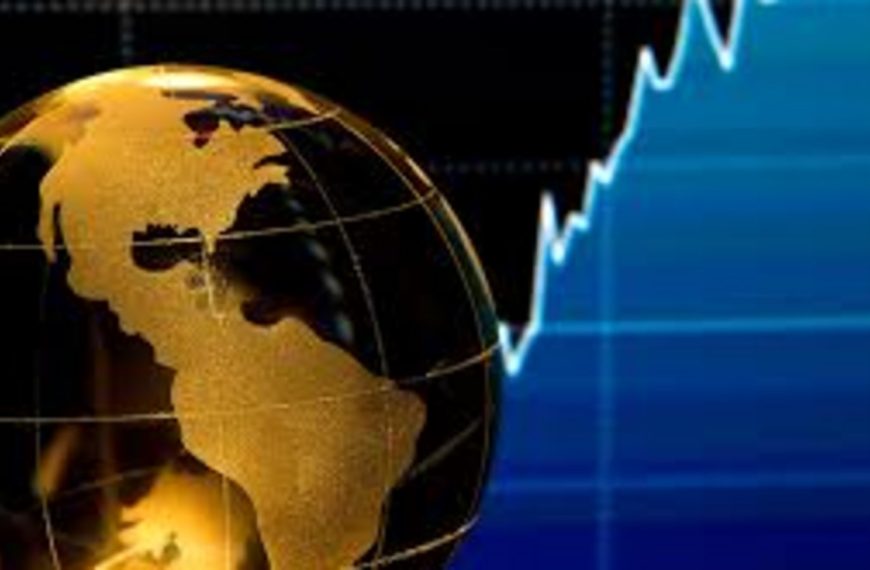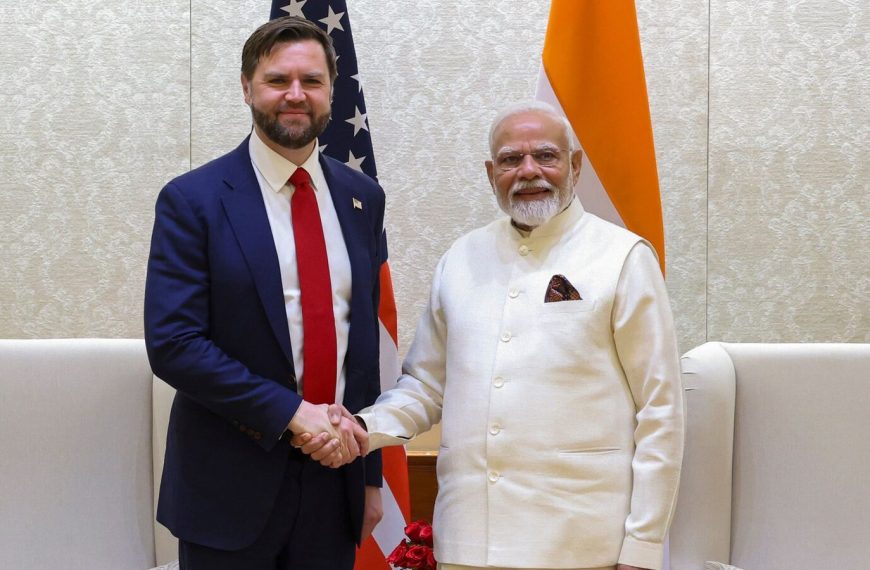India’s Economic Outlook for 2025-26: Growth Projections and Challenges Ahead
India is poised for notable economic growth, with projections estimating an increase between 6.3% and 6.8% for the fiscal year 2025-26. Finance Secretary Ajay Seth recently shared this optimistic outlook, which surpasses the International Monetary Fund’s (IMF) estimate of 6.2%. However, he also cautioned about the country’s high public debt, emphasizing the need for ongoing fiscal discipline.
Key Growth Projections
- Projected Growth: 6.3% to 6.8% for 2025-26
- IMF’s Estimate: 6.2%
- Seth’s Alignment: Consistent with the Economic Survey’s earlier predictions
These growth estimations align with those from the recent Economic Survey, which suggested similar figures for fiscal year 2026. Despite this positive outlook, several international agencies have revised their growth forecasts downward due to global trade tensions.
Trade Tensions Affecting Projections
The IMF has recently lowered its growth forecast for India from 6.5% to 6.2%. This adjustment is largely attributed to risks associated with the ongoing U.S. tariff disputes. In a bid to address trade imbalances, the U.S. had initially imposed a 27% tariff on Indian goods, citing India’s high import duties. Fortunately, this tariff has been temporarily reduced to 10%, easing some pressure on Indian exports.
Seth highlighted the importance of fiscal consolidation, stating that high public debt raises concerns among credit rating agencies regarding India’s economic resilience. He explained that the country must remain vigilant, especially in light of potential crises similar to the COVID-19 pandemic.
Fiscal Discipline and Credit Ratings
- Public Debt Concerns: High public debt affects credit ratings
- Interest Payments: India’s interest payments are notably high compared to countries like Indonesia
Despite India’s robust GDP growth and stable financial environment, the government has criticized global credit rating agencies for undervaluing the country’s economic stability. They argue that the current sovereign credit rating, just above investment grade, does not reflect India’s strong fundamentals and macroeconomic reforms.
Global Economic Policies and Challenges
At the recent IMF-World Bank Spring Meetings in Washington, Seth noted a growing agreement on the need for a recalibration of global economic policies. He pointed out that uncertainties arising from U.S. tariffs, along with geopolitical tensions, are complicating the global economic landscape.
Seth emphasized that there is a need for a balanced approach in policy-making to address both immediate and longer-term economic challenges. “We have enough resilience to fight. We have to find our way. I am hopeful,” he expressed.
Future Growth Aspirations
Arvind Panagariya, chairman of the 16th Finance Commission, has stated that India needs to achieve a 7.3% annual growth rate to reach a per capita income of $14,000 by 2047. He believes this target is attainable, citing India’s impressive performance from 2003–04 to 2019–20, during which the country maintained an average growth rate of 9% in real dollar terms.
Despite facing significant challenges, including the global financial crisis, the COVID-19 pandemic, and issues within the banking sector, India has shown remarkable resilience. Panagariya noted that even with substantial non-performing assets (NPAs) and challenges in the non-banking financial sector, the Indian economy has remained strong and continues to build momentum.
Conclusion
As India looks ahead to the next few years, the emphasis on fiscal discipline and a strategic response to global economic challenges will be crucial. With the right policies in place, India could not only meet but exceed its growth potential, paving the way for a prosperous future.










